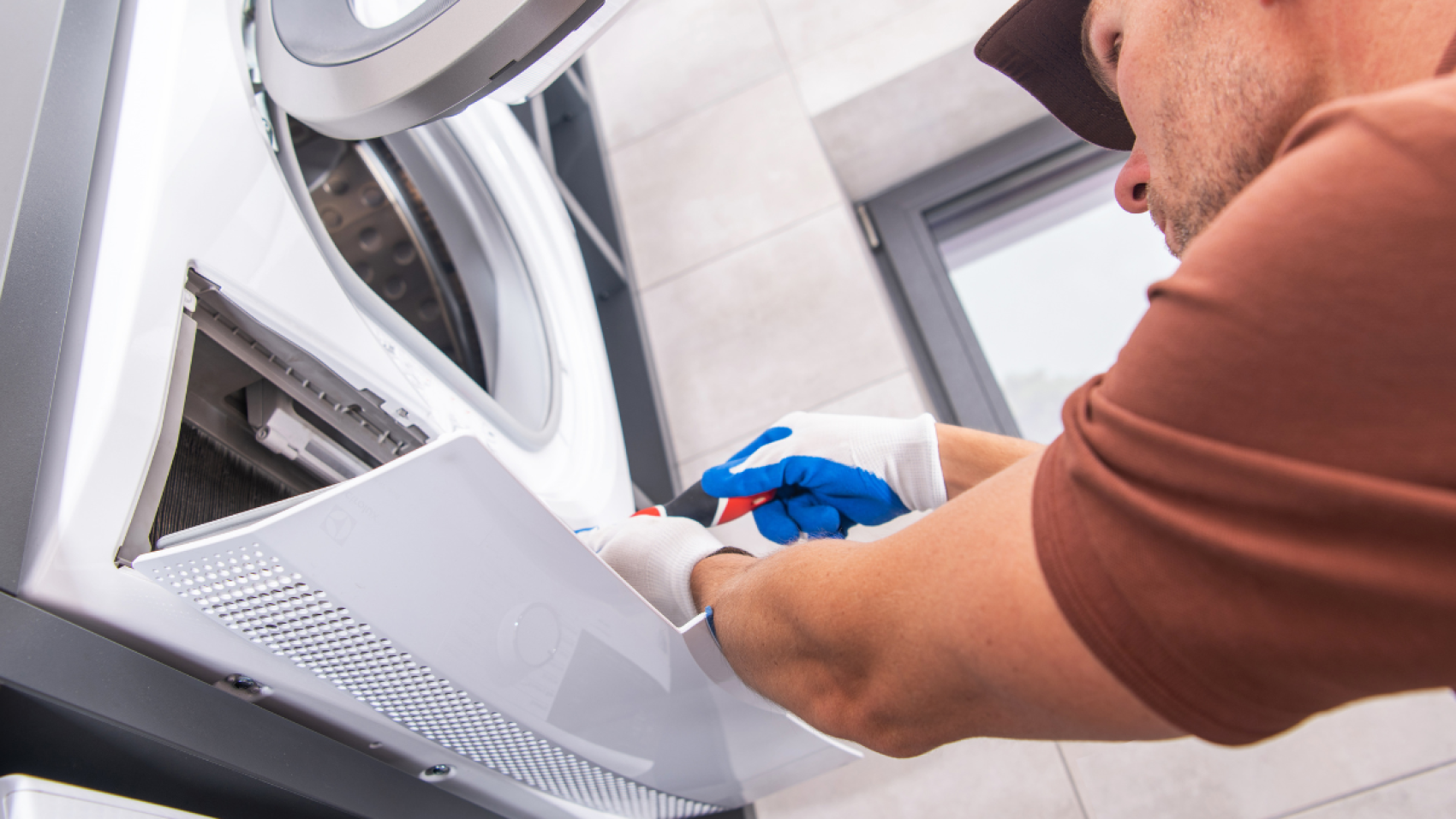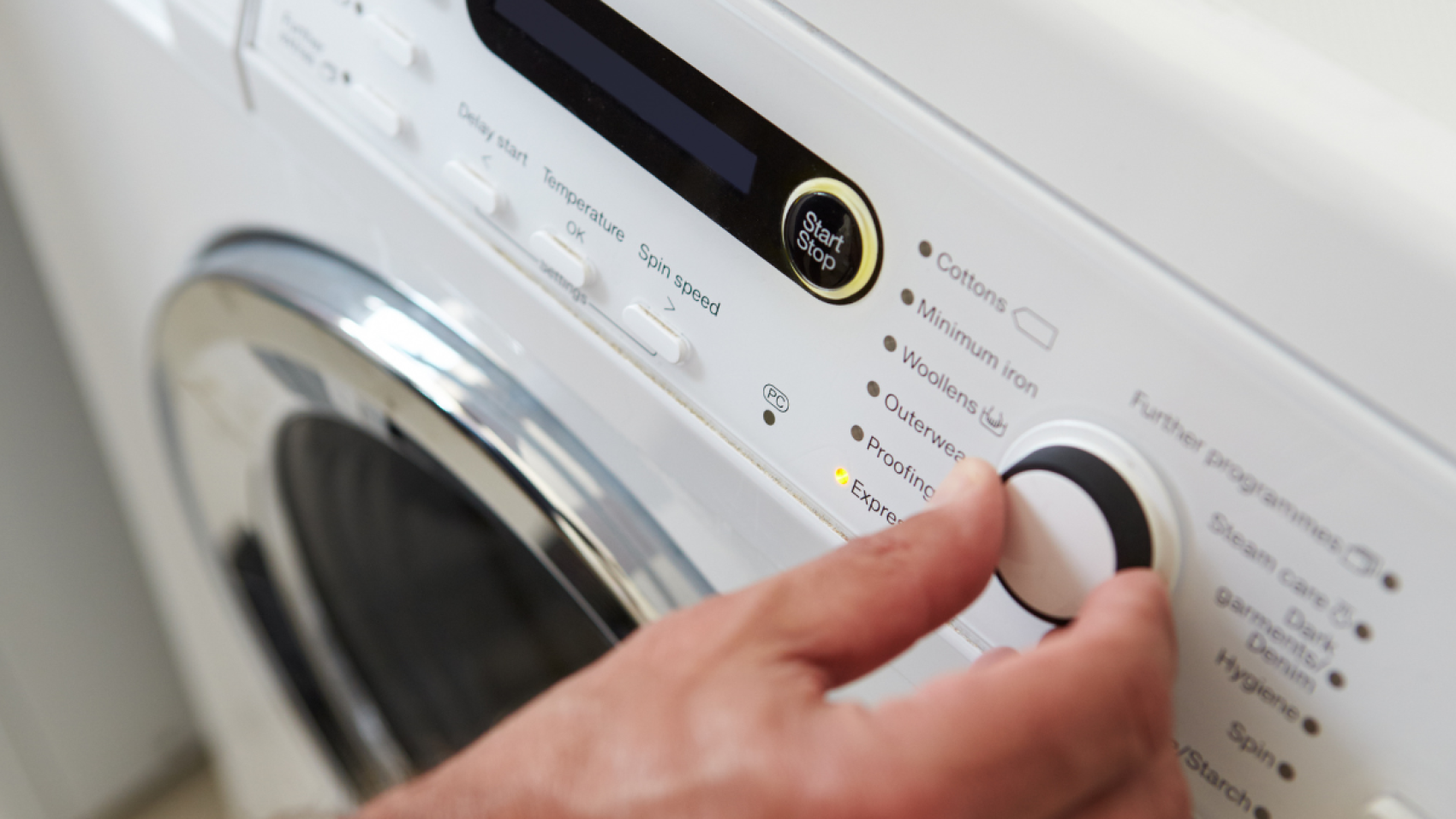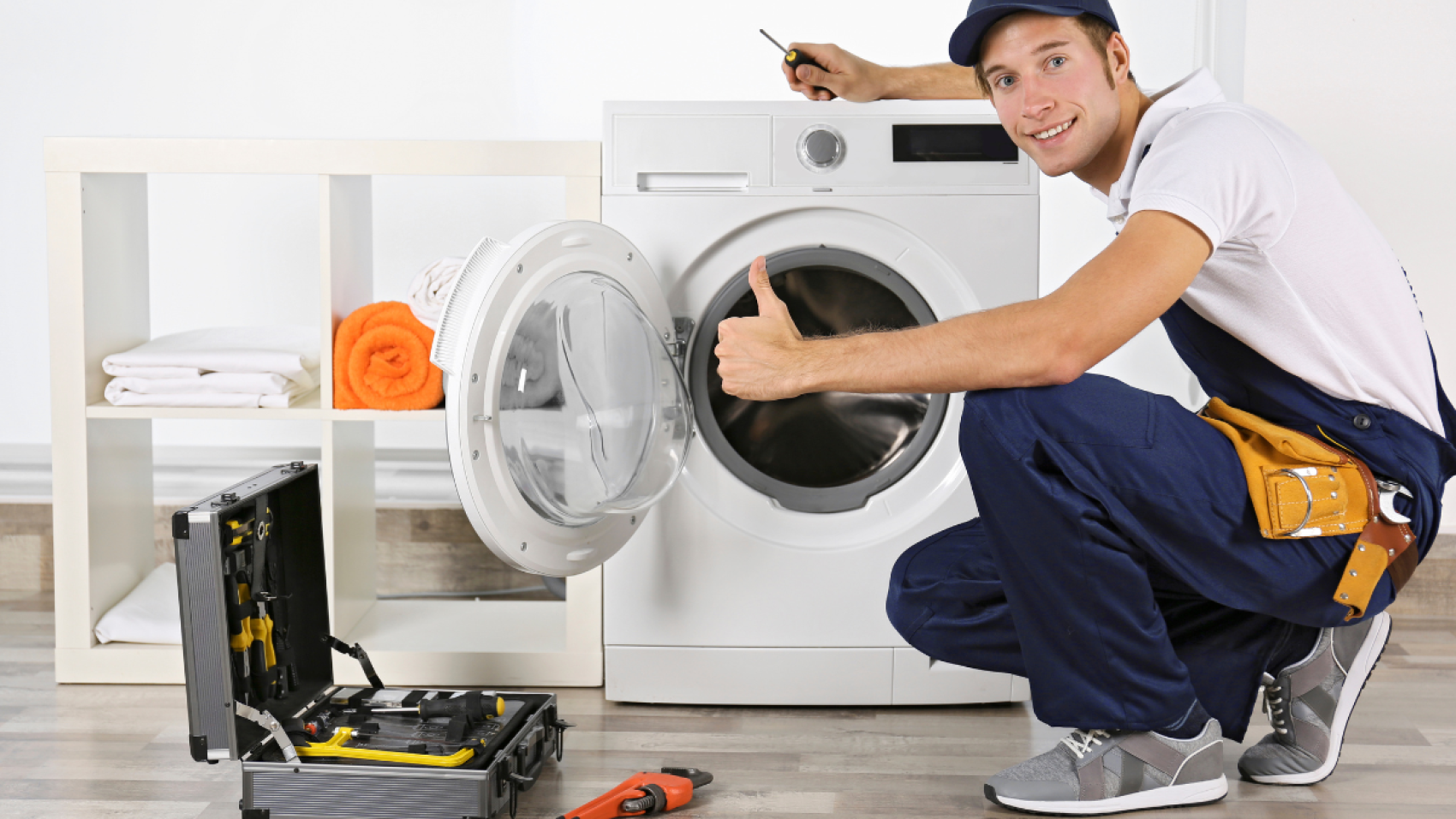GE Washer Error Code 26 – Possible Causes & How To Fix
When you’re trying to do laundry and your GE washer throws an error code 26, it can be frustrating and confusing. But don’t worry, this article will walk you through what the error code means, the possible causes, and how to fix it.
1. Understanding GE Washer Error Code 26
GE washer error code 26 indicates that there is a problem with the washer’s drain system. Specifically, it means that the washer cannot drain properly, which can lead to issues with the wash cycle and even damage to the machine.
When you see this error code on your GE washer, it’s important to address it right away to prevent further damage to the machine.
2. Possible Causes of GE Washer Error Code 26
There are several potential causes of GE washer error code 26. Some of the most common include:
Clogged drain hose
One of the most likely culprits of error code 26 is a clogged drain hose. Over time, debris and lint can build up in the hose and prevent water from draining properly.
Drain pump failure
Another possible cause of error code 26 is a faulty drain pump. If the pump is not working properly, it won’t be able to remove water from the machine effectively.
Water inlet valve issue
A malfunctioning water inlet valve can also cause error code 26. If the valve is not allowing enough water into the machine, it can lead to drainage problems.
Faulty pressure switch
The pressure switch is responsible for detecting when the washer is full of water and telling the machine to start the wash cycle. If the switch is faulty, it may not be able to accurately detect the water level, leading to drainage issues.
Control board malfunction
Finally, a malfunctioning control board can cause error code 26. If the board is not communicating correctly with the washer’s other components, it can lead to drainage problems.
3. How to Fix GE Washer Error Code 26
The exact steps to fix error code 26 will depend on the underlying cause. Here are some potential fixes to try:
Check the drain hose for clogs
If you suspect a clogged drain hose is the problem, start by disconnecting the hose and inspecting it for debris. Clean out any clogs you find and reattach the hose to the washer.
Inspect the drain pump
If the drain pump is the issue, you’ll need to inspect it to see if it’s working properly. You may be able to hear a humming noise if the pump is running but not able to remove water from the machine. If the pump is not working at all, it will need to be replaced.
Test the water inlet valve
To check the water inlet valve, you’ll need to turn off the water supply to the machine and disconnect the hoses. Inspect the valve for signs of damage or wear, and use a multimeter to test its electrical continuity. If the valve is not functioning properly.
Replace the pressure switch
If the pressure switch is not working correctly, it may need to be replaced. This is a more involved repair that may require a professional’s help, so consider contacting a repair technician if you’re not comfortable tackling this on your own.
Replace the control board
Finally, if none of the above solutions work, you may need to replace the control board. This is also a more involved repair that may require professional help.
4. How do I reset my GE washer after fixing error code 26?
After fixing the issue causing the error code, you may need to reset your GE washer to clear the error code from the display. Here’s how to reset a GE washer:
- Unplug the washer from the power source or turn off the power at the circuit breaker.
- Wait for at least 30 seconds.
- Plug the washer back in or turn the power back on.
- Select any cycle and start the washer.
The error code should now be cleared, and the washer should be ready for use again.
5. Can using too much detergent cause GE washer error code 26?
Yes, using too much detergent can cause GE washer error code 26 by creating excessive suds that can interfere with the washer’s drain system. To avoid this issue, be sure to only use the recommended amount of detergent for your washer and laundry load.
6. How often should I clean my GE washer to prevent error code 26?
To prevent GE washer error code 26 and other issues, cleaning your washer regularly is a good idea. Here are some general guidelines for cleaning your GE washer:
- Clean the drum and door seal after each use to prevent mold and mildew buildup.
- Run a cleaning cycle with washer cleaner or white vinegar every few months to remove any buildup in the washer’s drum and pipes.
- Clean out the drain hose and filter at least once a year to prevent clogs.
7. What should I do if none of the suggested solutions fix my GE washer error code 26?
If none of the suggested solutions fix your GE washer error code 26, you may need to contact a repair technician for further assistance. They can diagnose the underlying issue and recommend the best course of action to get your washer back up and running smoothly.
8. How important is it to fix GE washer error code 26?
It’s essential to fix GE washer error code 26 promptly to prevent further damage to your washer and ensure it continues to work properly. Ignoring the error code and continuing to use the washer can cause more significant problems and potentially even damage the machine beyond repair.
9. Tips to Avoid GE Washer Error Code 26
While it’s not always possible to prevent errors from occurring, there are some steps you can take to reduce the likelihood of experiencing GE washer error code 26. These include:
- Regularly cleaning out the drain hose to prevent clogs
- Only using the recommended amount of detergent to prevent excessive suds buildup
- Avoiding overloading the machine, which can put a strain on the drain system
- Performing routine maintenance on your washer, such as cleaning the drum and inspecting the hoses for wear
10. Conclusion
In conclusion, GE washer error code 26 can be a frustrating issue to deal with, but it’s essential to address it promptly to avoid further problems. By following the steps outlined in this article, you can identify the possible causes of the error code and take the necessary steps to fix them. Remember to always follow the manufacturer’s recommendations for your washer and keep it clean to prevent issues like error code 26 from occurring in the future.
If you have any further questions or concerns about GE washer error code 26 or other washer issues, don’t hesitate to contact a professional repair technician for assistance.
11. FAQs
- What does GE washer error code 26 mean?
- GE washer error code 26 indicates that there is a problem with the washer’s drain system, specifically that it is not draining properly.
- What are the most common causes of error code 26?
- The most common causes of error code 26 are a clogged drain hose, drain pump failure, water inlet valve issue, faulty pressure switch, and control board malfunction.
- Can I fix GE washer error code 26 myself?
- It depends on the underlying cause of the error code. Simple fixes like cleaning out the drain hose can be done on your own, but more complex issues like replacing the control board may require professional help.
- How can I prevent GE washer error code 26 from happening?
- Regularly cleaning out the drain hose, using the recommended amount of detergent, avoiding overloading the machine, and performing routine maintenance can help reduce the likelihood of experiencing error code 26.
- How much does it cost to fix the GE washer error code 26?
- The cost of fixing error code 26 will depend on the underlying cause and whether you choose to tackle the repair yourself or hire a professional. Simple fixes like cleaning out the drain hose may be relatively inexpensive, while more complex repairs like replacing the control board could be more costly.



